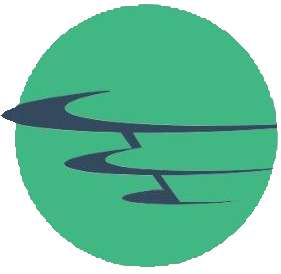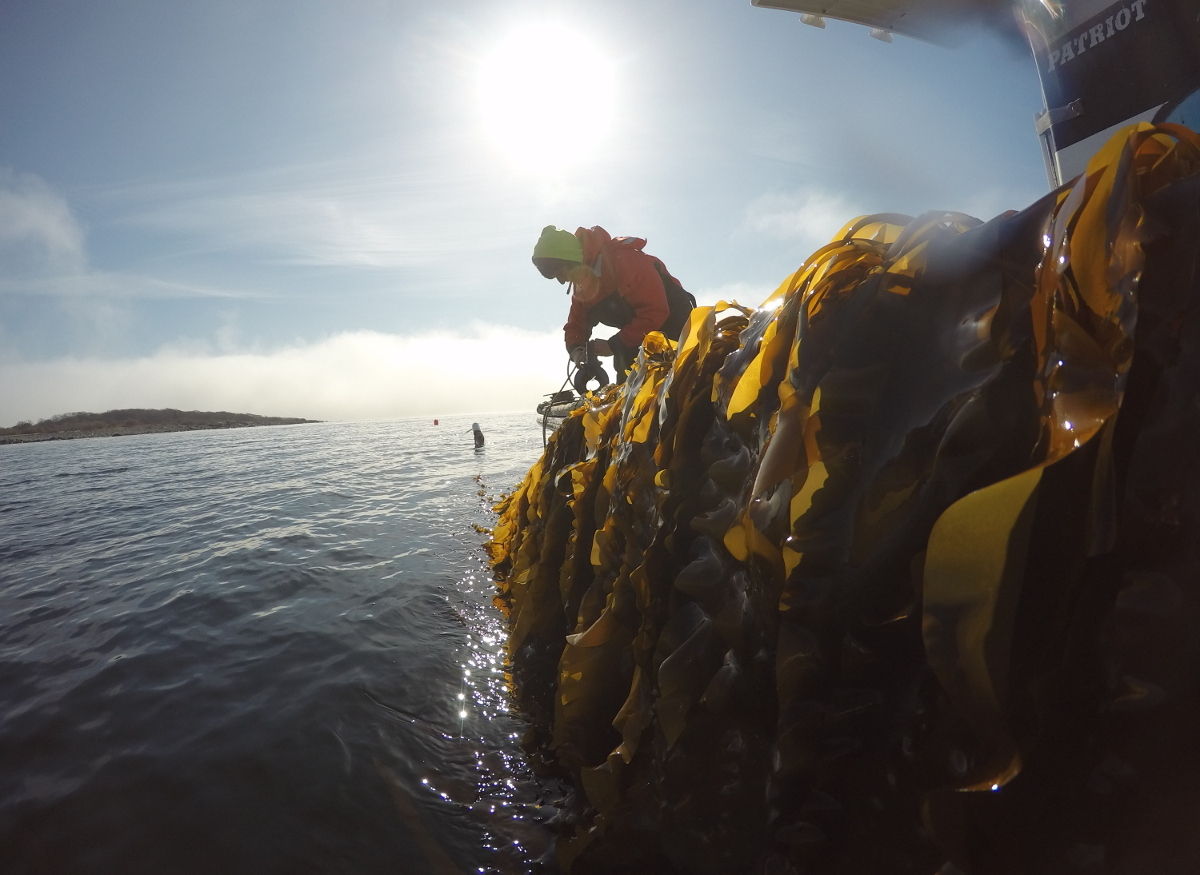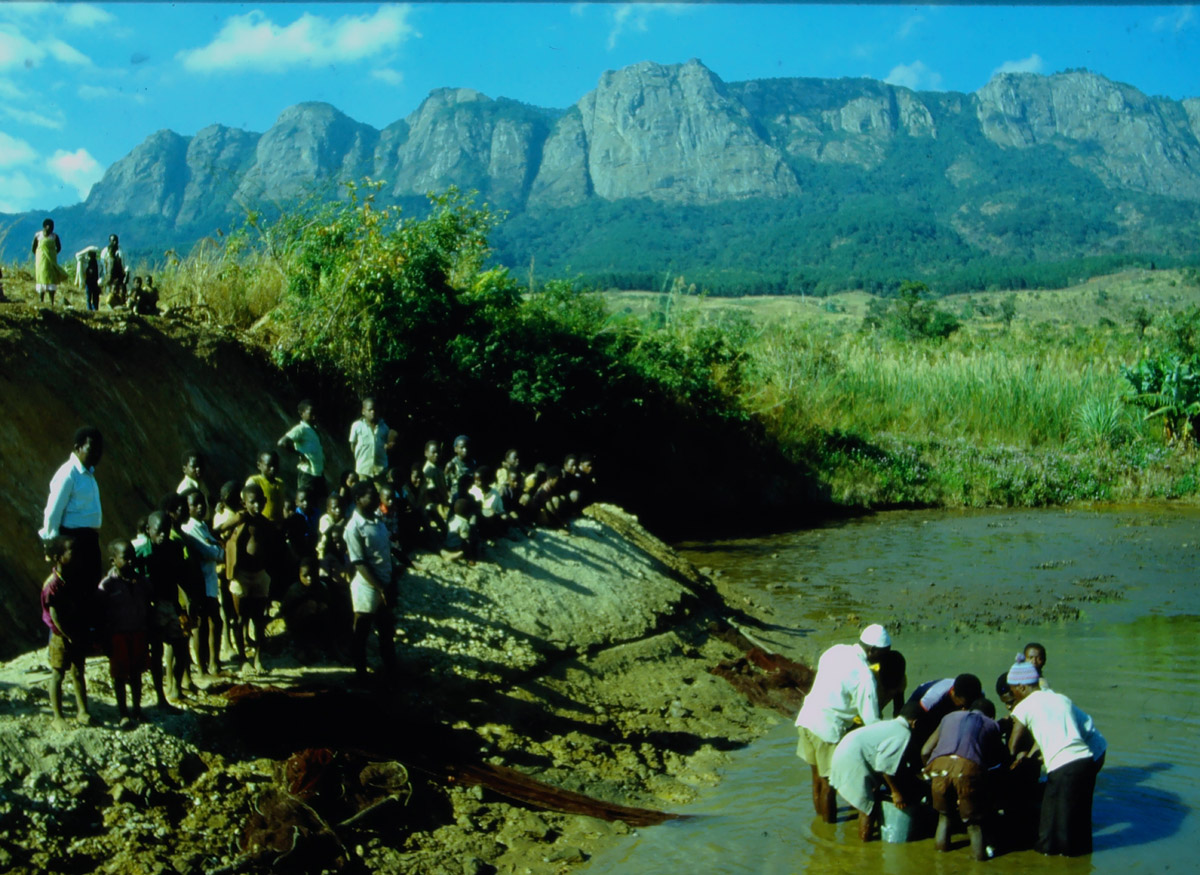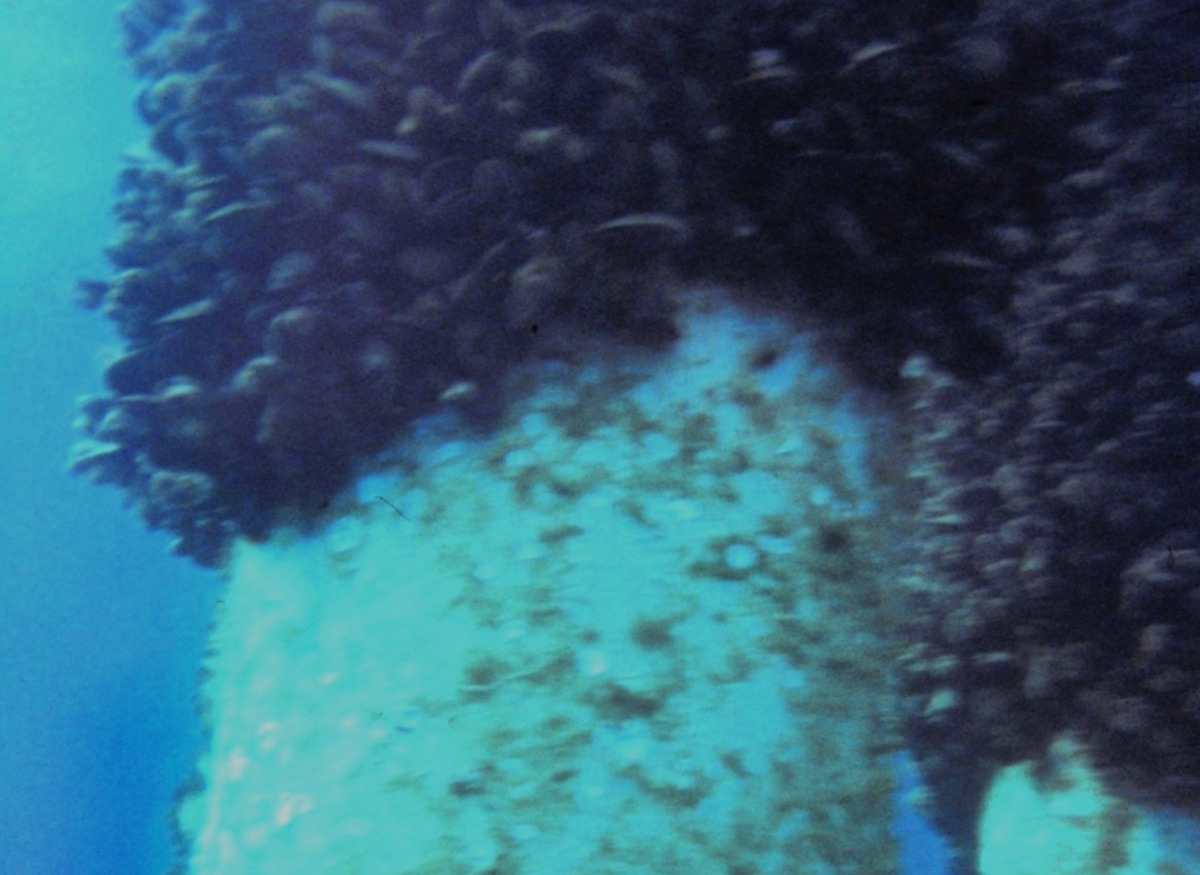Ecological Aquaculture International, LLC
…advancing the applied sciences and development in ecological and restorative aquaculture and agriculture food systems that are socially and environmentally inclusive and just…
Posted: Wed, May 28, 2025

March 2025 Ecological Aquaculture Presents Partnership Works on Restorative Aquaculture and Smallholder Sardine Aquaculture at World Aquaculture, New Orleans
New Orleans, USA was an interesting venue for a global aquaculture meeting as it was directly after Mardi Gras and the country (and world) was reeling from the directives of a US leader who was dismantling government environmental agencies, so many of the valuable NOAA and US Sea Grant College experts were not present. Besides that, I presented two papers on partnership efforts with The Green Center of Falmouth, Massachusetts, USA, the first: “AQUACULTURE OF SARDINHAS: SMALL, NATIVE FISH AS LOW COST, HIGHLY NUTRITIOUS, DELICIOUS FOODS co-authored by Earle Barnhart, Hilda Maingay, Ronald Zweig, Cait Avelis, and Kassidy Krejmas.
We are engaged in applied, small-scale aquaculture R&D of native fish as sardines (sardinhas in Portuguese) and promoting these as alternatives to the overuse/spread of invasive, non-native species such as tilapia being chosen and used in the development of freshwater aquaculture and aquaponics systems, especially in educational settings. The benefits of small, native fish are well known internationally among development agencies. They have high nutritional attributes; are more accessible, affordable, less wasteful; and have considerable potential to enhance seafood consumption, as, in many places, consumers who want to consume fish are being priced out. The family Cyprinidae is the most diverse group of native freshwater fish in North America. Our first choice for sardinhas aquaculture given our hyperlocal farm settings was to develop the native, widely abundant and tolerant golden shiner (Notemigonus crysoleucas) as food. We successfully moved fish from bait shops to ~2.5 m3 algal tanks, created dense blooms with recycled fertilizer (our program in urine diversion), and acclimatized them to these solar algal pond ecosystems, first using commercial feeds. Since these are lower trophic level fish, we are experimenting with bioflocs from various low-cost agricultural meals to replace commercial feeds. All tanks have aeration powered by solar energy.
The second presentation I made on behalf of the first author Ron Zweig who couldn’t make the trip. It was titled “RESTORATIVE AQUACULTURE AS PART OF AN INTEGRATED SOLUTION TO THE ACCELERATING NITROGEN CRISIS DAMAGING COASTAL MARINE ECOSYSTEMS” and was led by our partners at The Green Center. This initiative combines shellfish aquaculture with urine diversion (UD). UD is the concept of separating and collecting urine from wastewaters’ at the source for reuse as fertilizers for agriculture and aquaculture, since ~80% of the N and ~60% of phosphorus in wastewaters are from urine; but urine is only about 1% of wastewaters’ volume. Incorporating shellfish aquaculture and UD has demonstrated how restorative aquaculture and homeowners can work together to better accomplish nutrient remediation and environmental restoration. More widespread adoption of these simple innovations would reduce the billions of $/Euros now planned in investments in capital intensive sewer systems being promoted worldwide as the sole solution to the coastal nutrient crisis.
For more information, visit the “Projects” at Ecological Aquaculture, LLC or contact us at the Laboratory for Ecological Aquaculture and Agriculture (LEAA), Ecological Aquaculture International LLC bcp@oceanfoods.org or direct queries to The Green Center.
We are engaged in applied, small-scale aquaculture R&D of native fish as sardines (sardinhas in Portuguese) and promoting these as alternatives to the overuse/spread of invasive, non-native species such as tilapia being chosen and used in the development of freshwater aquaculture and aquaponics systems, especially in educational settings. The benefits of small, native fish are well known internationally among development agencies. They have high nutritional attributes; are more accessible, affordable, less wasteful; and have considerable potential to enhance seafood consumption, as, in many places, consumers who want to consume fish are being priced out. The family Cyprinidae is the most diverse group of native freshwater fish in North America. Our first choice for sardinhas aquaculture given our hyperlocal farm settings was to develop the native, widely abundant and tolerant golden shiner (Notemigonus crysoleucas) as food. We successfully moved fish from bait shops to ~2.5 m3 algal tanks, created dense blooms with recycled fertilizer (our program in urine diversion), and acclimatized them to these solar algal pond ecosystems, first using commercial feeds. Since these are lower trophic level fish, we are experimenting with bioflocs from various low-cost agricultural meals to replace commercial feeds. All tanks have aeration powered by solar energy.
The second presentation I made on behalf of the first author Ron Zweig who couldn’t make the trip. It was titled “RESTORATIVE AQUACULTURE AS PART OF AN INTEGRATED SOLUTION TO THE ACCELERATING NITROGEN CRISIS DAMAGING COASTAL MARINE ECOSYSTEMS” and was led by our partners at The Green Center. This initiative combines shellfish aquaculture with urine diversion (UD). UD is the concept of separating and collecting urine from wastewaters’ at the source for reuse as fertilizers for agriculture and aquaculture, since ~80% of the N and ~60% of phosphorus in wastewaters are from urine; but urine is only about 1% of wastewaters’ volume. Incorporating shellfish aquaculture and UD has demonstrated how restorative aquaculture and homeowners can work together to better accomplish nutrient remediation and environmental restoration. More widespread adoption of these simple innovations would reduce the billions of $/Euros now planned in investments in capital intensive sewer systems being promoted worldwide as the sole solution to the coastal nutrient crisis.
For more information, visit the “Projects” at Ecological Aquaculture, LLC or contact us at the Laboratory for Ecological Aquaculture and Agriculture (LEAA), Ecological Aquaculture International LLC bcp@oceanfoods.org or direct queries to The Green Center.




